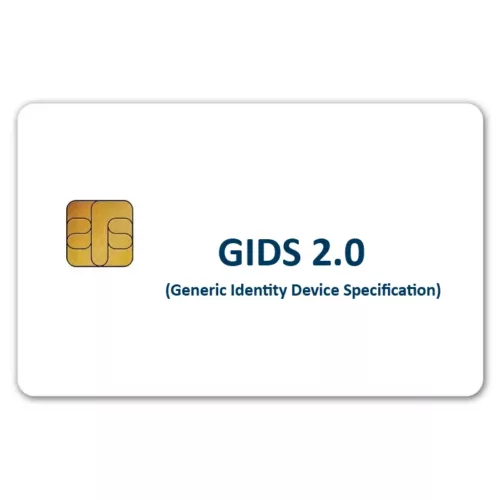Risk-based authentication (RBA) is a method of applying varying levels of stringency to authentication processes based on the likelihood that access to a given system could result in its being compromised. As the level of risk increases, the authentication process becomes more comprehensive and restrictive. RBA helps to improve account security on websites without forcing users to use Two-factor Authentication (2FA).
In Authentication, risk-based authentication is a non-static authentication system which takes into account the profile (IP address, User-Agent HTTP header, time of access, and so on) of the agent requesting access to the system to determine the risk profile associated with that transaction. The risk profile is then used to determine the complexity of the challenge. Higher risk profiles leads to stronger challenges, whereas a static username/password may suffice for lower-risk profiles. Risk-based implementation allows the application to challenge the user for additional credentials only when the risk level is appropriate.
Machine authentication is often used in a risk based authentication set up. The machine authentication will run in the background and only ask the customer for additional authentication if the computer is not recognized. In a risk based authentication system, the institution decides if additional authentication is necessary. If the risk is deemed appropriate, enhanced authentication will be triggered, such as a one time password delivered via an out of band communication. Risk based authentication can also be used during the session to prompt for additional authentication when the customer performs a certain high risk transaction, such as a money transfer or an address change. Risk based authentication is very beneficial to the customer because additional steps are only required if something is out of the ordinary, such as the login attempt is from a new machine.
The point is that user validation accuracy is improved without inconveniencing a user and risk-based authentication is used by major companies.
When performing a risk assessment for a network or Web site, an administrator should take into account the following factors:
- The size of the system, in terms of the number of users. As a system grows larger, the chance of a breach increases.
- The extent to which the system is critical to maintaining the operation of the organization. The most critical systems carry the greatest risk of serious damage in the event of a breach.
- The ease with which data can be compromised or the system cracked by someone with the means and intent to do so. Ideally, protective measures such as firewalls and antivirus software should be robust and up-to-date, but these measures are not always given top priority when budgets are tight.
- The relative sensitivity of the data that the system contains. Vital customer information such as names, addresses, and Social Security numbers requires enhanced protection.




